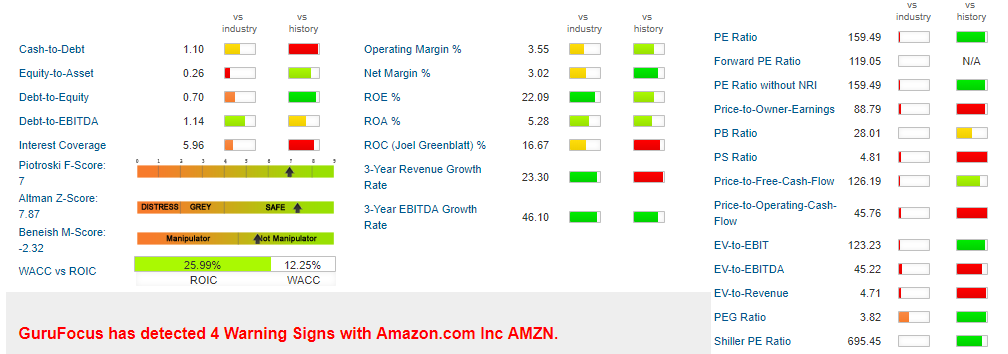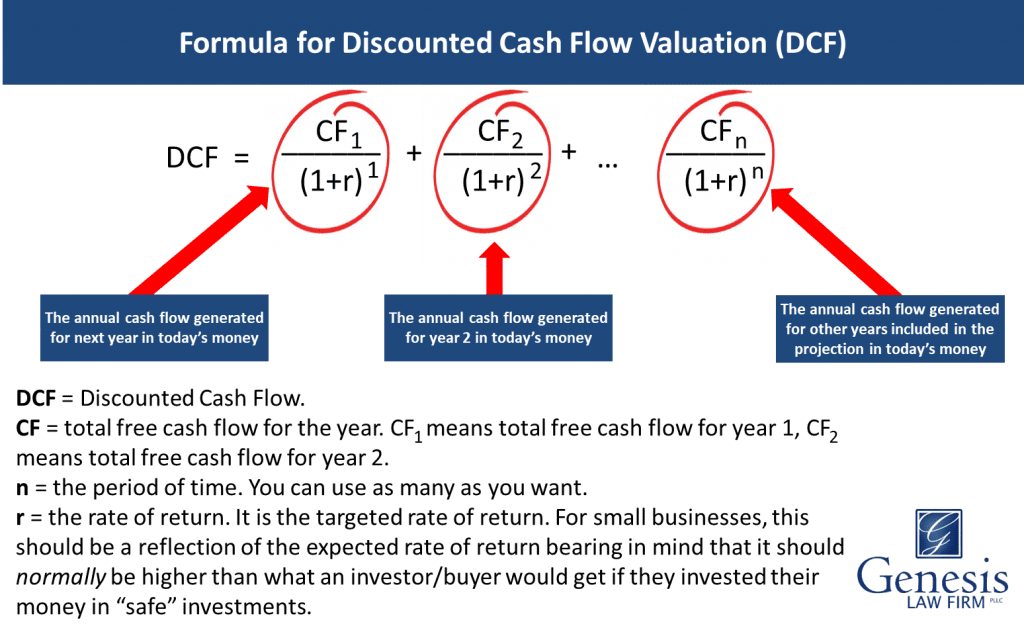

Generally speaking, the higher the levered FCF yield, the better, since this implies the company is generating more cash that could be used to benefit equity shareholders (e.g., dividends, buybacks) and reinvest into the growth of the business. That being said, the levered FCF yield is usually viewed as more of an internal measure (i.e., to compare against the company’s own past performance and for investors to gauge their cash flow value per unit of equity) rather than a comparison metric against other competitors.Īs an example, the levered FCF of a company relative to its industry peers could be on the lower end due to the presence of debt on its balance sheet and/or having unfavorable lending terms. In addition, the levered FCF yield is impacted by several other factors such as the financing mix (debt-equity ratio) and required amortization of debt. There is no single levered FCF yield that investors or operators target, since the returns will vary by industry. The main shortcoming of the dividend yield metric, however, is that not all companies issue dividends.Īs a result, the levered FCF yield tends to be more relevant and broadly used. The formula shown below is just a derivation of the formula above, as the only difference is that both the numerator and denominator were divided by the total number of shares outstanding.Ĭomparable to the dividend yield, the levered FCF yield can gauge the returns to equity holders relative to the share price of the company. In short, the levered FCF yield tells equity holders the amount of residual free cash flow allocatable to each unit of equity value.Īlternatively, the levered FCF yield can be calculated as the free cash flow on a per-share basis divided by the current share price. Since the free cash flow to equity pertains only to equity holders, we must use the equity value in the denominator to match the represented stakeholders. In contrast, the formula for the levered free cash flow yield is the levered free cash flow divided by the equity value. We use the enterprise value as the corresponding valuation metric (denominator), which also represents the entire value of the company to all capital providers. The unlevered FCF yield depicts the overall performance of the company on an operational level, and it can show the amount of remaining cash that could be put to use in order to benefit all providers of capital (debt and equity).įor instance, the cash could be used to pay down mandatory debt obligations, meet interest expense payments, issue a dividend to common or preferred equity holders, repurchase shares, or reinvest into the business. Therefore, the unlevered FCF yield tends to be used for a broader range of purposes, while the levered FCF yield is more often tracked by private equity firms as well as investors in the public markets. Otherwise, the FCF amount by itself would not provide much insight into the positive (or lackluster) progress of the company or how its recent trajectory lines up against its industry peers.Īnother similarity to valuation multiples is that unlevered metrics are more widely used. FCF yield metrics are similar to valuation multiples in that the cash flow metric (numerator) is standardized to show a per-unit basis of the valuation (denominator).īy standardizing in this way, the yields can be benchmarked against comparable companies (of different magnitudes of FCF), as well as to the company’s historical performance. Here, we will be discussing the formulas for calculating the FCF yield – or more specifically, the difference between the unlevered and levered FCF yield. To review the main differences between the two FCF types, reference the table below. In the two preceding posts, we discussed the formulas and steps to calculate: On the other hand, if the cash flow metric is “levered” free cash flow, then the matching valuation metric would be the equity value. If the cash flow metric used as the numerator is “unlevered” free cash flow, the corresponding valuation metric in the denominator is enterprise value (TEV).

In addition, cash-flow generative companies are self-sufficient in being able to fund their growth plans themselves – and are thus worth more and valued at higher multiples by the market. The FCF yield metric matters because companies that generate more cash flow than they spend are less reliant on the capital markets for external financing.



 0 kommentar(er)
0 kommentar(er)
